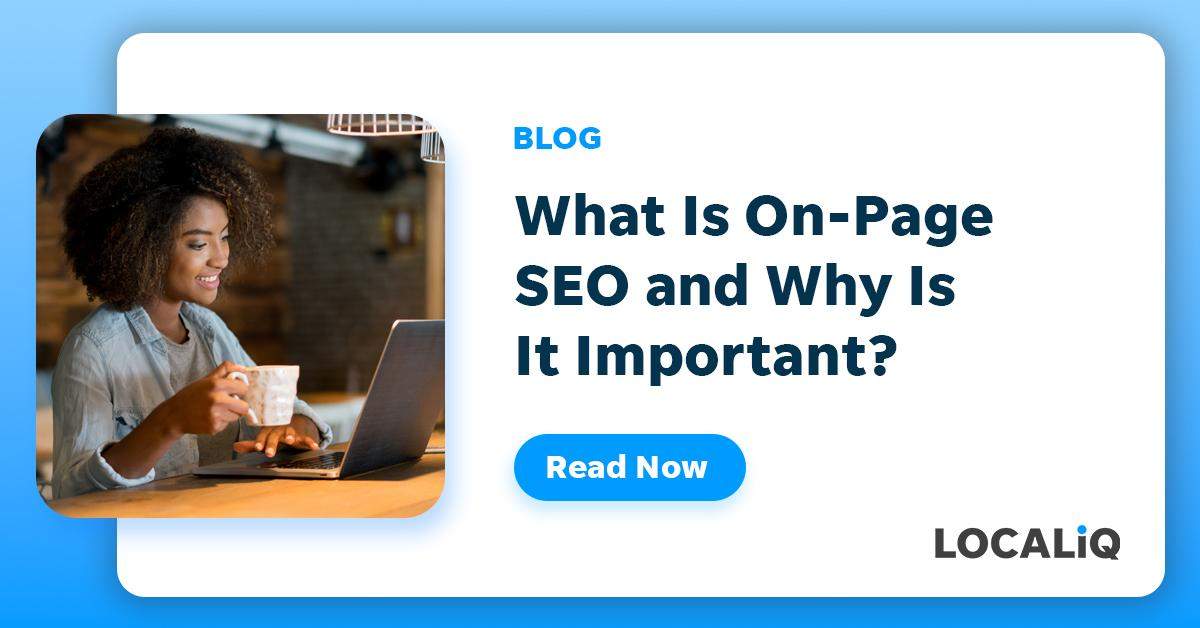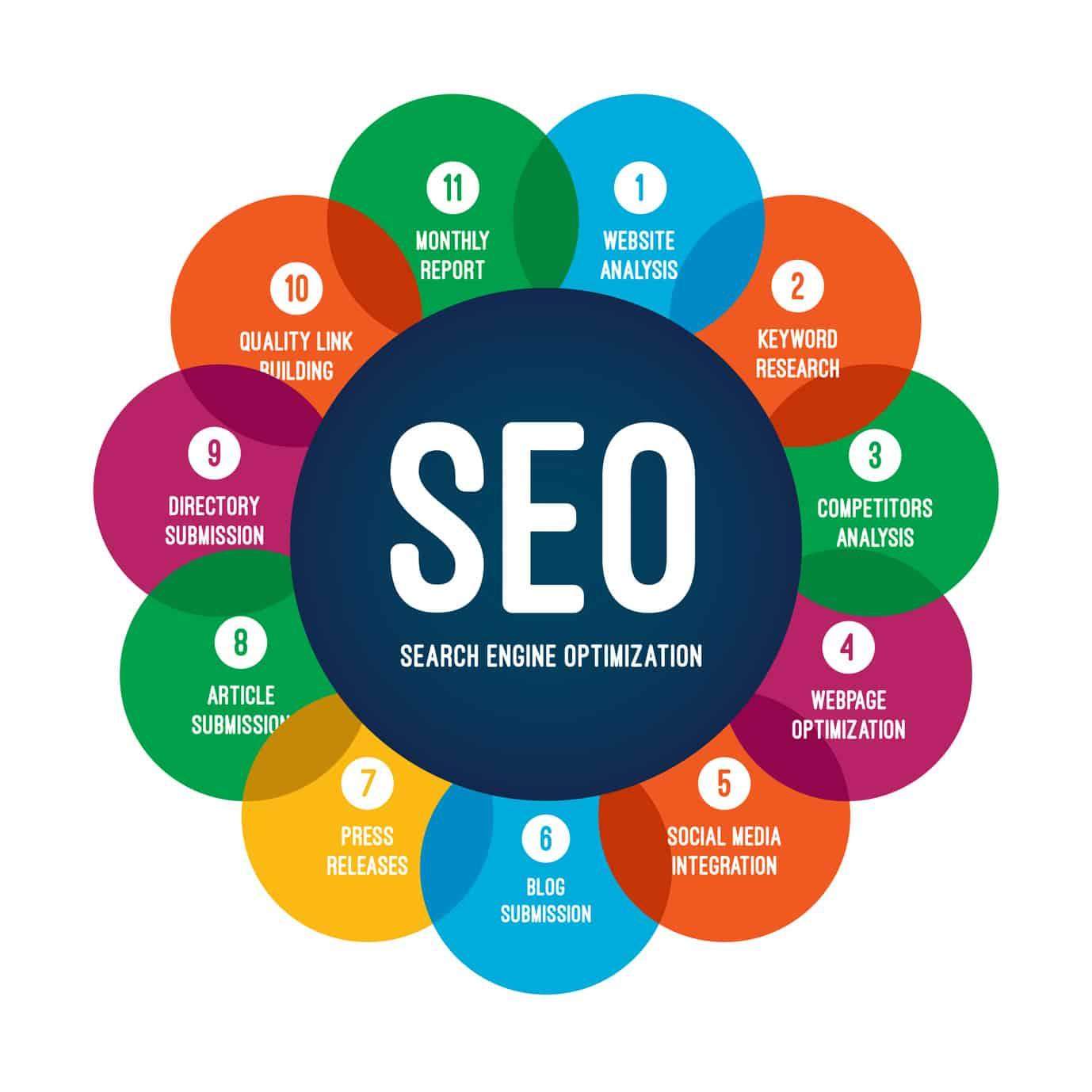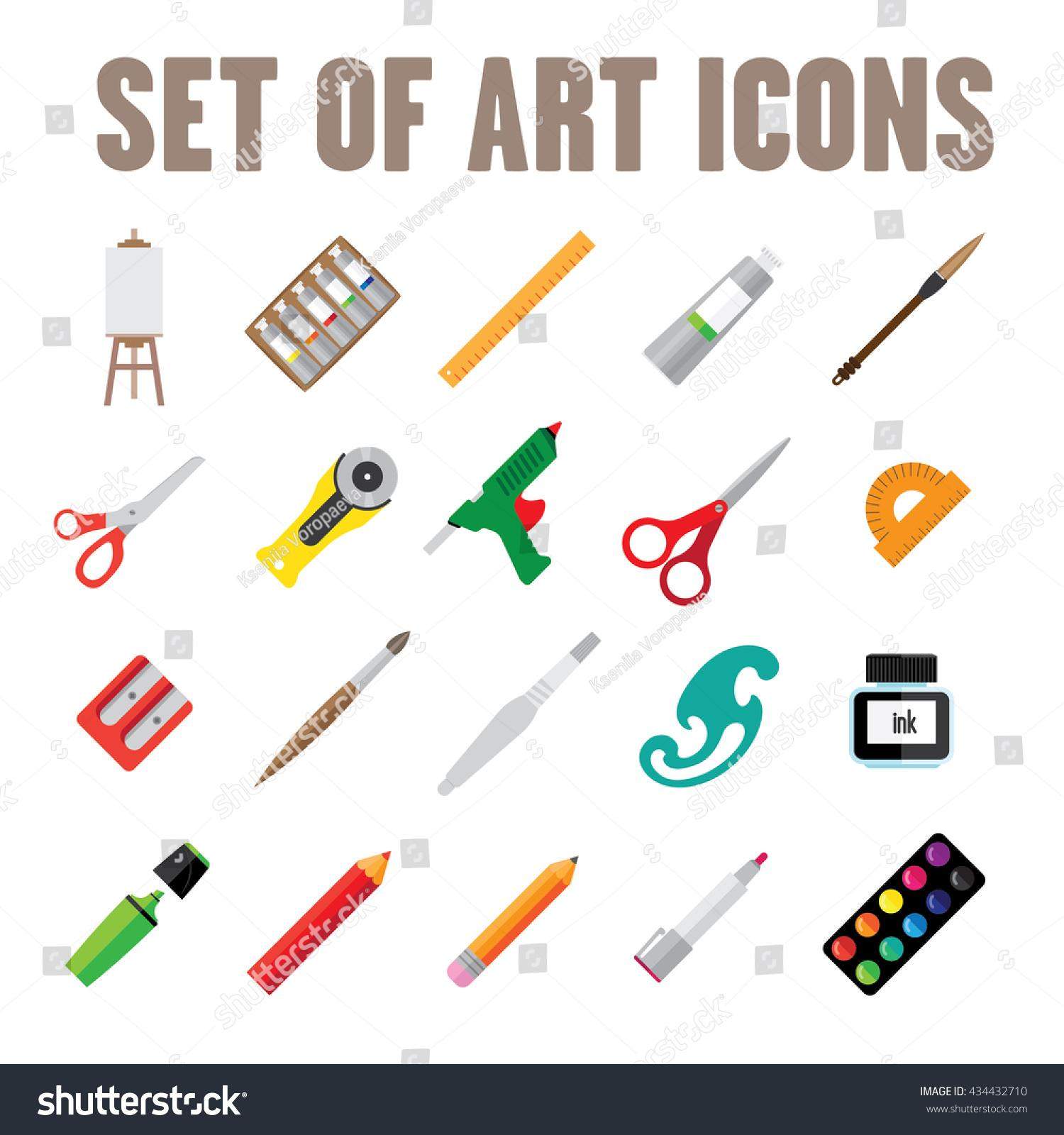In the ever-evolving landscape of digital marketing, mastering SEO is crucial for anyone looking to enhance their online presence. If you’re keen on increasing your website’s visibility and climbing the search engine rankings, you’ve come to the right place. In this listicle, we’ll unveil four essential SEO optimization tips that can propel your site to new heights. From keyword research to on-page optimization strategies, each tip is designed to provide you with actionable insights and practical techniques. Whether you’re a seasoned marketer or just beginning your journey, get ready to unlock the secrets that can transform your website into a traffic magnet. Let’s dive in!
1) Conduct Thorough Keyword Research: Understanding what your audience is searching for is the cornerstone of effective SEO. Use tools like Google Keyword Planner or SEMrush to discover relevant keywords and phrases that align with your content. Focus not only on high-volume search terms but also on long-tail keywords that can attract more targeted traffic. By strategically incorporating these keywords into your content, you’ll improve your visibility in search engine results
Understanding what makes your audience tick is fundamental to crafting content that resonates with them. By leveraging advanced tools like Google Keyword Planner or SEMrush, you can uncover a treasure trove of relevant keywords and phrases. These tools help you sift through a vast array of search queries, enabling you to pinpoint not just the obvious high-volume terms, but also long-tail keywords that can drive highly-targeted traffic to your site. By focusing on these niche phrases, you tap into the interests and needs of your specific audience, positioning your content as a valuable resource that answers their questions directly.
Once you’ve gathered your list of keywords, the next step is to weave them seamlessly into your content. This means more than just sprinkling keywords throughout; it’s essential to understand their context and integrate them naturally so that your content flows well. Consider creating an organized table to visualize your strategy:
| Keyword Type | Example Keywords | Search Intent |
|---|---|---|
| High-Volume Keywords | SEO tips, Keyword research | General information seekers |
| Long-Tail Keywords | Best SEO practices for small businesses, How to do keyword research for blog posts | Targeted queries |
By strategically incorporating these keywords into various elements of your content—such as headings, subheadings, and body text—you’ll enhance its chances of ranking higher in search engine results. Remember, the ultimate goal is not just to attract traffic, but to ensure that the visitors find the information they need, encouraging engagement and return visits.

2) Optimize Your On-Page Elements: The structure of your website plays a crucial role in SEO. Ensure that your title tags, meta descriptions, and headers (H1, H2, etc.) are not only optimized with relevant keywords but also compelling enough to encourage clicks. Including image alt tags and URLs that reflect your content can further enhance your on-page SEO, making it easier for search engines to index your pages
To unlock the full potential of your website’s SEO, fine-tuning your on-page elements is essential. Start with title tags, ensuring they are not only aligned with targeted keywords but also crafted to grab attention. A well-structured title can significantly increase your click-through rate. Similarly, your meta descriptions should be succinct, engaging, and accurately reflect the content on the page. This tantalizing summary acts as a gateway, inviting users to explore what lies beyond. Don’t overlook your headers (H1, H2, etc.); these should create a natural hierarchy throughout your content, making it easy for both readers and search engines to navigate your site.
Additionally, consider enhancing the experience with image alt tags. These descriptions not only assist visually impaired users but also provide context to search engines about the content of your images. Creating URLs that are clean and indicative of the page content can further aid in on-page optimization. For an even more organized approach, utilizing a table to outline your on-page strategy might help visualize your efforts:
| Element | Best Practices |
|---|---|
| Title Tags | Include keywords, keep under 60 characters |
| Meta Descriptions | Summarize content, use active voice, under 155 characters |
| Headers (H1, H2, etc.) | Use hierarchy, incorporate keywords |
| Image Alt Tags | Descriptive, keyword-rich but natural |
| URLs | Short, meaningful, include keywords |

3) Improve Site Speed and Mobile-Friendliness: A fast-loading and mobile-optimized website is critical in today’s digital landscape, as site speed is a ranking factor and user experience is paramount. Use tools like Google PageSpeed Insights to analyze your site’s performance, and optimize images, leverage browser caching, and reduce server response times. Additionally, ensure your site is responsive and functions seamlessly on all devices, as this can significantly lower bounce rates and improve your rankings
To thrive in today’s fast-paced digital world, site speed plays a pivotal role in both SEO performance and user satisfaction. Employing tools like Google PageSpeed Insights can help you pinpoint areas of improvement. Start by focusing on these critical factors to enhance your site’s performance:
- Optimize Images: Ensure images are scaled properly and compressed without sacrificing quality.
- Leverage Browser Caching: Enable caching to allow returning visitors to load your site quicker.
- Reduce Server Response Times: Look into your hosting provider’s response times and consider enhancements where necessary.
In addition to speed, mobile-friendliness is no longer optional; it’s essential. A responsive website adjusts seamlessly to various screen sizes and resolutions, providing a consistent experience across devices. Keeping this in mind will help reduce bounce rates significantly. Consider the following strategies to enhance your mobile experience:
| Tip | Description |
|---|---|
| Responsive Design | Ensure all elements resize and rearrange appropriately for smaller screens. |
| Touchscreen Optimization | Make buttons and links easy to tap without zooming in. |
| Fast-Loading Mobile Pages | Implement AMP (Accelerated Mobile Pages) for quicker mobile loading times. |

4) Build Quality Backlinks: Backlinks are like votes of confidence from other websites that can boost your site’s authority and ranking on search engines. Focus on acquiring high-quality backlinks by creating valuable content that others want to share, engaging in guest blogging, or collaborating with industry influencers. Remember, it’s not just about quantity; the quality of your backlinks matters, as links from reputable sites carry more weight in the eyes of search engines
Building a robust backlink profile is akin to crafting a network of endorsements that enhances your website’s credibility. Focus on creating high-quality, valuable content that resonates with your audience and encourages other sites to link back to you. Engaging in guest blogging is a powerful strategy, as it allows you to showcase your expertise on reputable platforms, driving traffic back to your site while earning valuable backlink opportunities. Additionally, reaching out to industry influencers for collaborative projects or interviews can lead to natural backlinks and increased visibility.
When evaluating potential backlinks, it’s crucial to prioritize quality over quantity. Not all links are created equal; a single backlink from a prestigious domain can significantly impact your site’s authority. Here’s a simple table showcasing the types of backlinks you should aim to secure:
| Type of Backlink | Quality Indicator |
|---|---|
| Editorial Links | Highly respected and content-based |
| Guest Posts | Industry-recognized platforms |
| Influencer Collaborations | Established authority figures |
| Resource Links | Relevant directories or informative pages |
By targeting these types of backlinks, you’ll not only elevate your site’s SEO but also forge relationships within your industry that can lead to further growth opportunities.
The Conclusion
As you embark on your journey to elevate your website’s visibility, remember that SEO optimization is a marathon, not a sprint. These four essential tips—mastering keyword research, optimizing on-page elements, enhancing user experience, and building quality backlinks—are your compass in the ever-evolving landscape of search engine algorithms. By implementing these strategies consistently, you’re not just aiming for a higher ranking; you’re establishing a strong foundation for lasting online presence.
As you dive into the world of SEO, keep experimenting and adapting to new trends and insights. The digital landscape is dynamic, and staying informed will ensure you remain ahead of the curve. So, get ready, keep these tips in your toolkit, and watch as your rankings climb! Happy optimizing!




